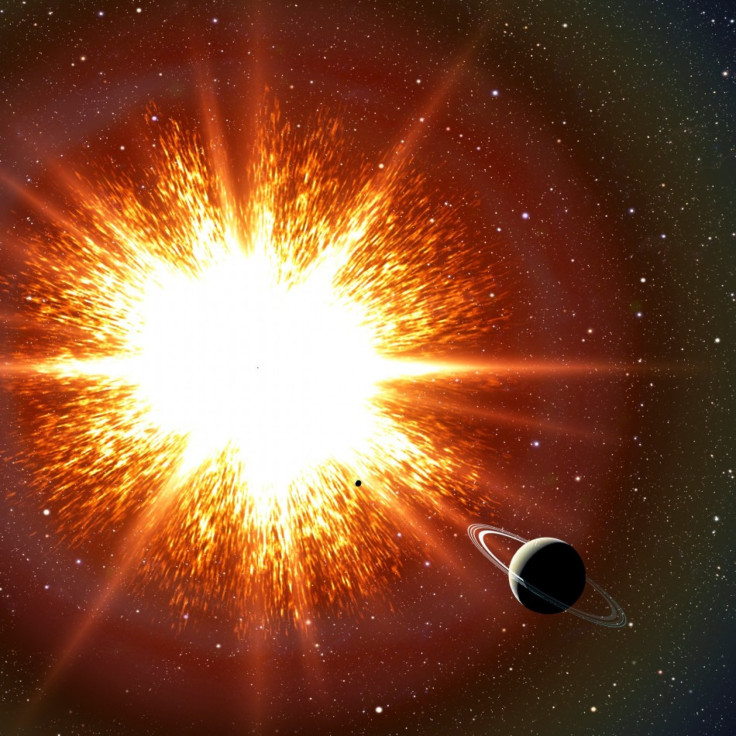Brightest Supernova in Decades to Reach Its Peak on Thursday Night

Amateur sky-watchers should just need a good pair of binoculars or a telescope and clear skies Thursday night to see the brightest supernova of its kind to be spotted in 40 years.
Here are some sky-gazing terms.
What is a Supernova?
A supernova is a powerful stellar explosion which takes place when the life of a star ends. While collapsing, the falling star triggers an explosion that causes radiation and outshines the entire galaxy before fading away from sight for several weeks or months.
Supernovae (plural of supernova) help scientists measure the size and age of the universe. Their light intensity often helps astronomers use them as a standard candle to measure the distance of different galaxies.
Although there are different types of supernovae in the universe, the supernova in question has been identified as type 1a -- the kind used to measure the expansion of the universe.
The type 1a supernova takes place when a super-dense white dwarf star explodes, creating a massive radiation.
White Dwarf
A white dwarf is often known as a degenerate dwarf. It's a small star comprised mostly of electron-degenerate matter. Usually, they're super-dense, and its usual mass is comparable to that of the Sun and the Earth.
When a white dwarf explodes, it creates radiation like a gigantic thermonuclear bomb.
Supernova SN 2011fe
Scientists have named this supernova as SN 2011fe. Barely two weeks ago, astronomer Peter Nugent, a senior scientist at Lawrence Berkeley National Laboratory, spotted this white dwarf in the Pinwheel Galaxy.
This Pinwheel Galaxy is a face-on spiral galaxy that exists 21 million light-years away from us. This means this is by far the closest supernova to the Earth in at least 25 years.
Another interesting fact relating to this supernova is that it showed exponential growth just hours after scientists found it. Exponential growth often indicates the end of a star's life. No star has been spotted previously so early in its life span, researchers claimed.
According to scientists, this supernova is one-of-a-kind, as the last time a supernova occurred so close to the Earth was in 1972, and the same will not happen for another 40 years.
It is an instant cosmic classic, said Nugent. Most of the supernovae are discovered with the 48-inch Palomar telescope and are about one billion light years away and not possible for general people to see, Nugent added.
For many people, it could be a once in a lifetime chance to see a supernova of this kind blossom and then fade before their eyes, said Dr. Mark Sullivan, who led the team of the scientists from Oxford University and Palomar Transient Factory.
To get the best view, look for it just after evening twilight near the 'handle' of 'The Plough', said Dr. Sullivan.
© Copyright IBTimes 2024. All rights reserved.











